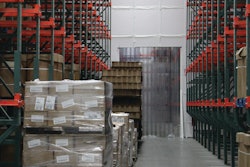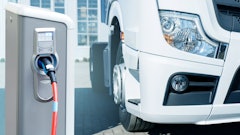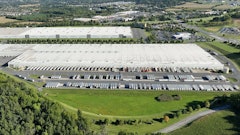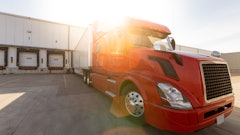The trucks involved in the food supply delivery chain have long been equipped with systems for locating vehicles and controlling speed, but with the latest generation of satellite-based tracking and cellular technology that allows fleet managers to remotely view what drivers are doing down to every minute or every second of the trip, this Forbes article asks the question of whether it's all about promoting safety.
Research published last year in the International Journal of Injury Control and Safety Prevention found that commercial trucks account for 8 percent of U.S. highway traffic, yet are involved in 11 percent of fatal crashes. In all, the study said, trucks are responsible for 4,500 deaths year in the U.S. alone.
But another study from last year by the American Transportation Research Institute, found that medium-duty trucks — from 14,001 to 19,500 pounds — generally had poorer safety records than their heavy-duty counterparts. Heavy trucks experienced a 24.6 percent decline in their crash-rate index between 2000 and 2010, while the medium-duty class saw an increase of 38.3 percent during that same period.
The most controversial of new truck technologies is new versions of operator-monitoring systems, some even include driver-facing cameras. Going beyond the recording of actions that might endanger safety, they report on drivers who are slacking off or making unauthorized stops. Drivers have complained that the technology amounts to spying, but they have little legal recourse. Numerous federal court rulings have concluded that employees have minimal rights to privacy while on the job.
To read more, click HERE.

















